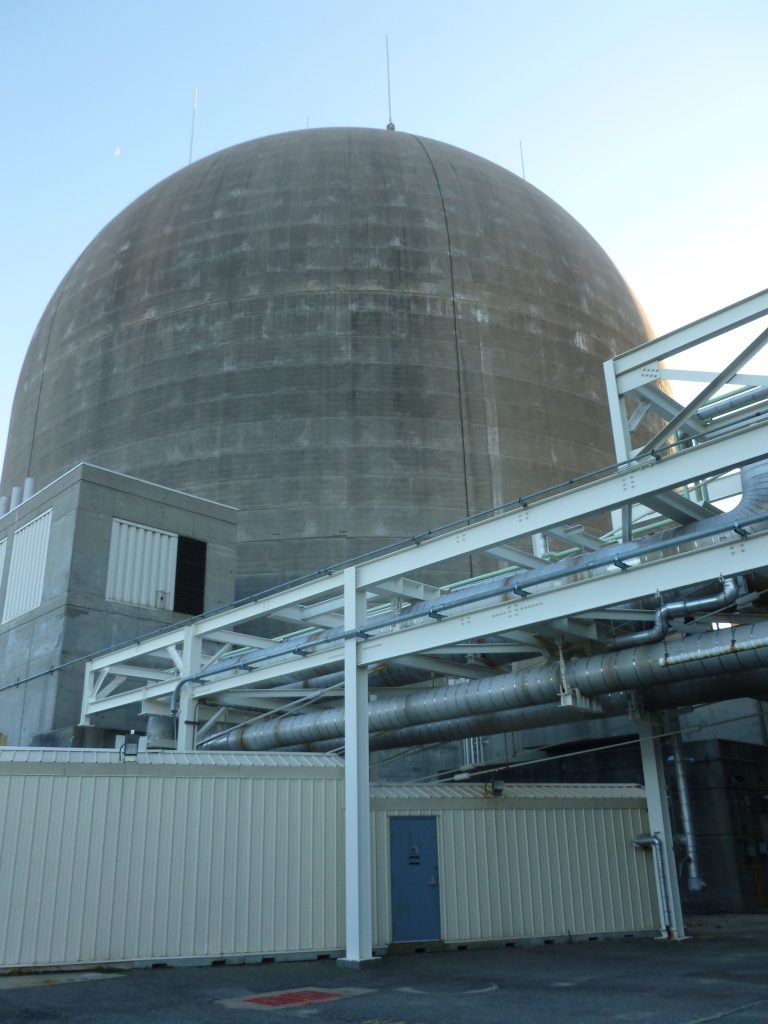Inspection and Monitoring of ASR-affected Structures at Seabrook Station

Recently, alkali-silica reaction (ASR), one of the common causes of concrete deterioration, was discovered at the NextEra Energy Seabrook Station nuclear power plant (Seabrook Station), 25 years after plant construction. Seabrook Station initiated an action plan and retained Simpson Gumpertz & Heger Inc. (SGH) to investigate and evaluate the implications of the ASR distress on the physical properties of the concrete material and the structural performance of the existing structures. This paper presents a comprehensive ASR field investigation and assessment approach for the Seabrook Containment Enclosure Building (CEB) wall, which included unique site access for visual and digital imaging as well as crack mapping measurements on the concrete surfaces. The results from the field investigation are combined with laboratory evaluation to estimate the material properties of the ASR-affected concrete to classify the CEB walls into zones of different ASR severity with associated reduced material properties. The results were used for structural analysis and modeling. This paper also describes a long-term monitoring program currently being used to monitor additional ASR-affected structures for continued expansion within Seabrook Station, primarily through cracking index (CI) and expansion measurements. The customized inspection and analysis program used at Seabrook Station is based on the conceptual approaches used in available guidelines and publications for highway structures, modified for the larger concrete thickness, reinforcement ratio, gravity loads, and design exposures of nuclear plants.
Publisher
22nd Conference on Structural Mechanics in Reactor Technology: SMiRT-22, Transactions, San Francisco, CA